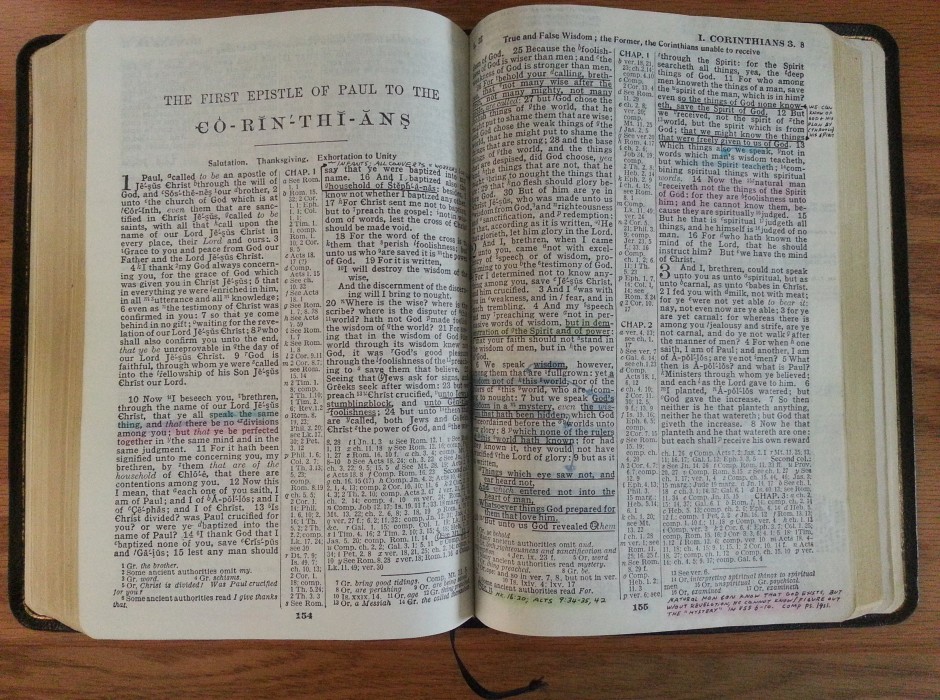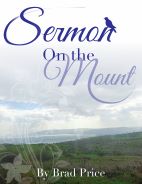Previously we took a brief look at three of the most valuable ancient Bible manuscripts we have today: (1) The Vatican, (2) The Sinaitic, and the (3) Alexandrian. Today we will consider some basics as to how manuscripts in general are dated and how accuracy is determined since there are variations.
DATING MANUSCRIPTS
An important question in this study is: How do we know how old the manuscripts actually are? While only general dates can be ascertained, it might be surprising that we can indeed date them within a general span of time (perhaps within a few decades or so). Here are just a couple factors used to determine the age of an ancient Bible manuscript:
- The type of material it is written on. Since writing materials changed through the years, this helps us identify a general time period.
- The writing style used gives us more precise information since there are so many aspects to this… capital or lower case letters, whether there are spaces between words or not, how many columns are used, division of paragraphs, the simplicity or complexity of the letters, and much more.
HOW ACCURACY OF MANUSCRIPTS IS DETERMINED
This is a little simplistic but should give you a better idea of how this procedure works.
- The older manuscripts are generally preferred over the younger. Since older manuscripts are in closer proximation to the original writing, it has likely been copied fewer times, thus will generally contain fewer mistakes. Please note that this is a general rule and does not alway hold true.
- The shorter manuscript is generally preferred over the longer. Scribes were more likely to insert extra words rather than take them away. This was normally an accidental part of copying the text. A scribe might read the text and then turn to write it and accidentally insert additional words that flow with the thought or perhaps fit in with something he has just written. On other occasions the scribe might mistakenly believe he is correcting a error in the text and actually create his own.
- Manuscripts are compared with one another. This is especially beneficial with early manuscripts that were written close to the same time. In doing so, many times errors in the text are easy to identify.
Here is a simplistic example of issues that textual critics have dealt with (this is merely a fabricated example for teaching purposes). Let’s suppose we are working with the three following groupings of a total of eight manuscripts, and we are seeking to determine the original wording.
- Manuscript No. 1 reads: “In the beginning was the Word, and the Word was God, and the Word was God.”
- Manuscript Numbers 2-5 all read, “In the beginning was the Word, and the Word was with God and the Word was God.”
- Manuscript Numbers 6-8 all say, “In the beginning was the Word, and the Word was with God at creation, and the Word was God.”
Now, how would you determine what the original text says? What do you suppose happened with some of the manuscripts you believe to be incorrect? Why can we not necessarily just count which rendering has the most number of manuscripts? What very significant piece or pieces of information have not been provided concerning these manuscripts? If you are unable to figure this out, take a look back at this lesson.
Daren Schroeder

